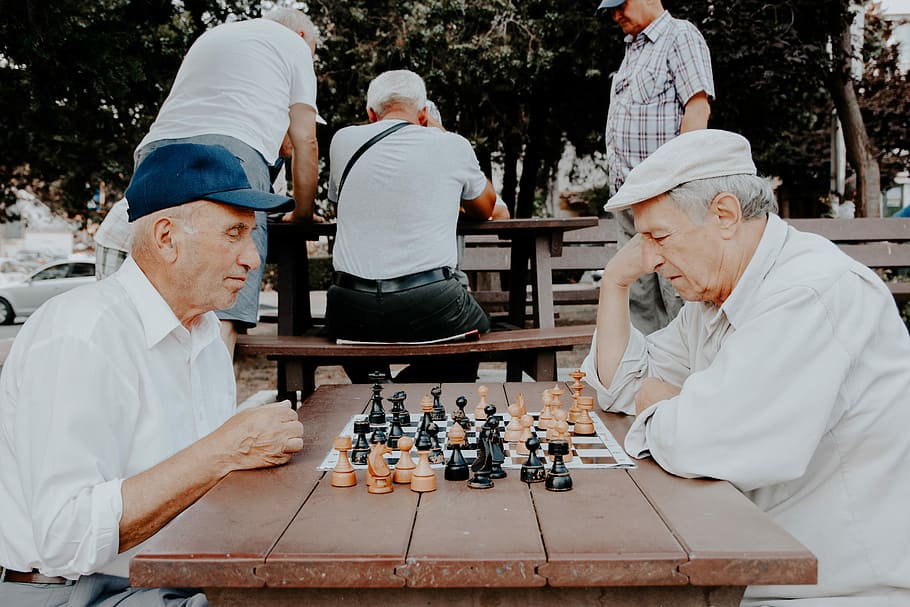Disengagement Theory Activity Theory and Continuity Theory
The main difference between activity theory and continuity theory is that activity theory states that elderly adults stay happiest when they are active and maintain social interactions, while continuity theory states that elderly people maintain the same activities, behaviours, personalities, and relationships as they did in their early life.
There are three major psychosocial theories that describe the process of ageing: activity theory, disengagement theory and continuity theory.
Key Areas Covered
1. What is Activity Theory
– Definition, Ageing, Characteristics
2. What is Continuity Theory
– Definition, Characteristics
3. What is the Difference Between Activity Theory and Continuity Theory
– Comparison of Key Differences
Key Terms
Activity Theory, Ageing, Continuity Theory
What is Activity Theory
Activity theory, also known as the normal theory of ageing or lay theory of ageing, is a theory that suggests elderly people stay happiest when they are active and maintain social interactions. The gerontologist Robert J. Havighurs developed this theory in 1961 as a response to the disengagement theory of ageing.
According to this theory, there is a positive relationship between ageing well and keeping active. In other words, successful ageing occurs when elderly people stay active and maintain social interactions. This theory also suggests that the equilibrium an individual develops in middle age should be maintained as one grows older. In addition to that, it also predicts that elderly people who face role loss will substitute these roles with other alternatives.

The research work done over the last few decades has proved that activity theory is more accurate when compared to disengagement theory. It engages elderly people, both mentally and physically, and allow them to socialize with others. This increases the feelings of happiness and self-worth, which are important for satisfaction, happiness and longevity.
However, some argue that this theory does not take into account the inequalities in health and economics that deters elderly people's ability to engage in social interactions. Besides, some elderly adults also do not like to take part in new challenges. These are the shortcomings of the activity theory.
What is Continuity Theory
Continuity theory is a modification or elaboration of activity theory that proposes elderly people maintain the same activities, behaviours, personalities, and relationships as they did in their early life. This theory further states that elderly people try to maintain the continuity of lifestyle by adapting strategies that are connected to their past experiences. Continuity theory is concerned with internal structures and external structures of continuity to illustrate how elderly adults adapt to their circumstances and set their aspirations.
In this theory, internal structures refer to individual elements like personality traits, ideas and beliefs, which usually remain constant throughout one's life. External elements, on the other hand, refer to external factors like social roles and relationships, which help the maintenance of a stable self-concept and lifestyle.

As with most theories, this theory also has some weaknesses. One of its main weaknesses is that it neglects people with chronic illnesses. Moreover, it does not consider the influence of social institutions on the ageing of individuals. Besides, feminist theories criticize continuity theory for defining the ageing process based on a male model.
Difference Between Activity Theory and Continuity Theory
Definition
Activity theory is a theory of ageing that suggests elderly people stay happiest when they are active and maintain social interactions. In contrast, continuity theory is a modification or elaboration of activity theory that proposes elderly people maintain the same behaviours, activities, personalities, and relationships as they did in their early life.
Main Concept
The main concept in activity theory is that successful ageing occurs when elderly people stay active and maintain social interactions. In contrast, the main concept in continuity theory is that elderly people will usually maintain the same internal (personality traits, ideas, and beliefs) and external structures (social roles and relationships) as they did in their earlier years of life.
Change
Activity theory states that previous roles must be replaced with new ones to remain active while continuity theory states that elderly people maintain the same personality traits, beliefs and behaviours, relationships as they did earlier in life.
Conclusion
The main difference between activity theory and continuity theory is that activity theory states that elderly adults stay happiest when they are active and maintain social interactions, while continuity theory states that elderly people maintain the same activities, behaviours, personalities, and relationships as they did in their early life.
Reference:
1. "The Functionalist Perspective on Aging." Lumen, Available here.
2. "18.3C: Continuity Theory." Social Sci LibreTexts, Libretexts, 7 Oct. 2019, Available here.
Image Courtesy:
1. "Two men playing chess, two grandfathers playing chess on table" (CC0) via Wallpaper Flare
2. "Pray Woman Old Free Photo" (CC0) via Needpix

Source: https://pediaa.com/difference-between-activity-theory-and-continuity-theory/




0 Response to "Disengagement Theory Activity Theory and Continuity Theory"
Post a Comment